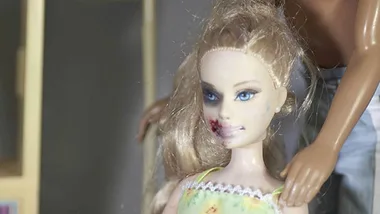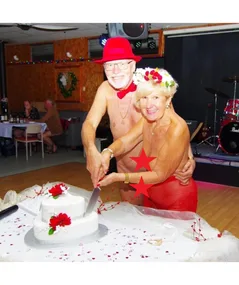Private health insurance
Review your extras cover to make sure you’re not paying for things you don’t need. While young singles are unlikely to need a hip replacement, empty nesters can remove their obstetrics cover. People can also reduce their monthly premiums by having a higher excess for hospital stays.
Additionally, savings can be made by shopping around or using a broker to find a better deal. People who switch to another fund with the same level of cover generally don’t have to go through another waiting period.
Optical
With the average price of prescription glasses now more than $300, many people are tempted to put off buying a new pair. However, with a wide variety of discount optical stores available offering inexpensive frames and lenses, it’s worth shopping around.
People can also buy from one of the many online eyewear stores which offer glasses from as little as $49 and free shipping. Before ordering online, people need to get their eyes tested and ask the optometrist for a prescription. The cost of the eye test is fully covered by Medicare.
Dental
If a person is covered for dental under their private health insurance, they may be able to access low-gap treatment by choosing a dentist who is preferred by their heath fund provider. A preferred provider allows patients to receive a larger rebate, which means their out-of-pocket expenses won’t be as great. Most health care funds supply a list of preferred providers for local areas.
When working out the household budget, try to plan ahead for expensive dental work, such as the kids’ braces, as most health funds have a waiting period. If people aren’t able to pay for costly procedures upfront, many dentists will allow payment plans.
University health clinics
For those who find it too expensive to make regular visits to the dentist, it might be worth considering one of the many university dental schools, which offer oral health care at substantially reduced rates. These clinics offer a wide range of treatments from fillings to orthodontics and all work is supervised by registered dentists and specialists. Some universities also have physiotherapy and podiatry clinics which offer treatment at a discount rate.
Medications and personal health care
People can make big savings by asking their doctor or pharmacist if they can substitute their prescription medication for the generic brand. Further, many over-the-counter medicines such as paracetamol and ibuprofen are also available in generic brands which are usually cheaper.
People can also save on their prescription medications, sunscreen, dental care items, vitamins, beauty and baby care products by shopping at discount chemists or online pharmacies. Savings can be as high as 50 per cent and shipping is often free for larger online orders.
Dianne Charman is an AMP financial planner and mother of two.
Dianne Charman is an Authorised Representative of AMP Financial Planning Pty Ltd, ABN 89 051 208 327, AFS Licence No. 232706. Any advice given is general only and has not taken into account your objectives, financial situation or needs. Because of this, before acting on any advice, you should consult a financial planner to consider how appropriate the advice is to your objectives, financial situation and needs.
To find your nearest AMP financial planner visit www.amp.com.au/findaplanner.

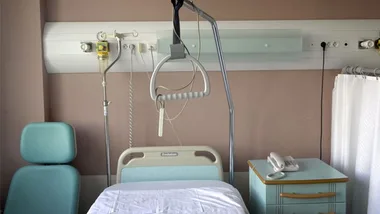


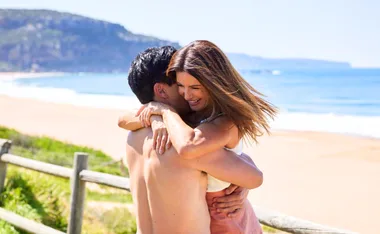
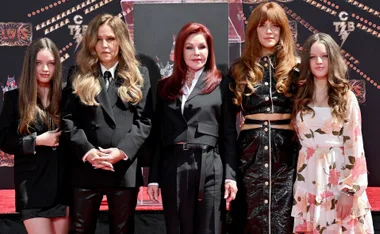







.png?resize=380%2C285)






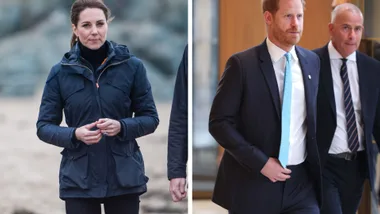
.png?resize=380%2C285)

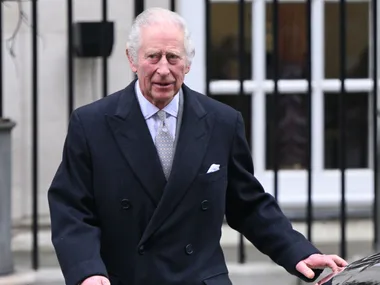
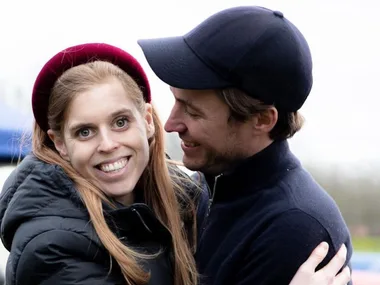

-(2).jpg?resize=380%2C285)
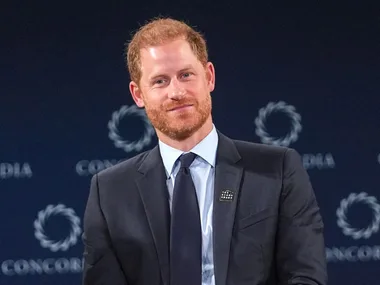
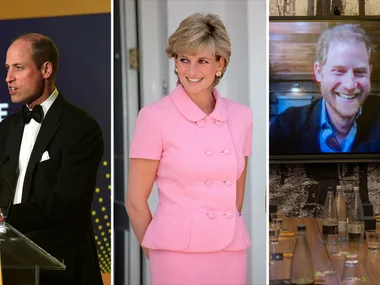

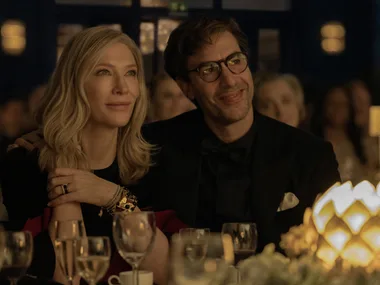
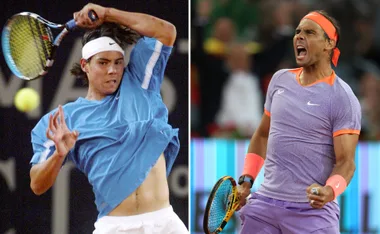


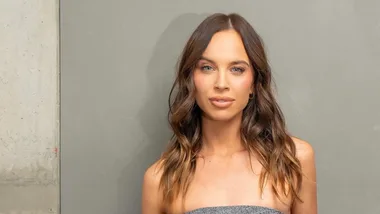
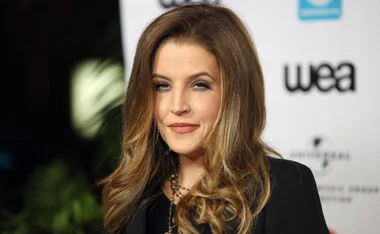
-(1).png?resize=380%2C285)
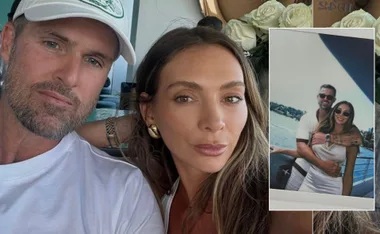

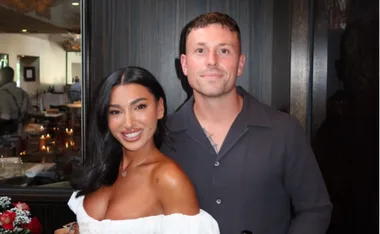












.jpg?resize=380%2C285)
